
What Is the CE Conformity Mark?
With the rapid development of global trade, the ce conformity Markis a critical passport for products entering the European market, holding significant importance for manufacturers and traders alike. But what exactly is the ce conformity mark? Which products require it? And how can one apply for it? This article offers a detailed explanation.
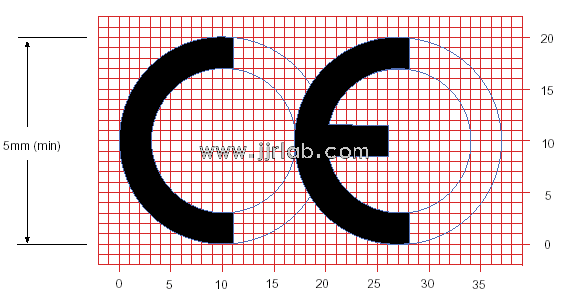
I. What Is the CE Conformity Mark?
The CE Conformity Mark(Conformité Européene) is a mandatory safety certification markthat serves as a prerequisite for products to enter the markets of the European Union (EU)and European Free Trade Association (EFTA)countries. It proves that a product complies with basic EU requirements related to safety, health, and environmental protection, but does not represent a quality mark.
II. Which Products Require a CE Conformity Mark?
The EU has issued a series of directives for different product categories. Common products that require ce marking include:
low voltage directive (LVD):
For electrical equipment operating between 50V–1000V AC or 75V–1500V DC, such as refrigerators and chargers. It focuses on electrical safety and compliance with relevant standards.
Electromagnetic Compatibility Directive (EMC):
Covers all electronic and electrical products that emit or are affected by electromagnetic interference, including computers and microwaves. It ensures products operate properly in their electromagnetic environment without disturbing others.
Machinery Directive (MD):
Applies to machines like lathes and construction equipment. Ensures safety in design, manufacture, and use.
Personal Protective Equipment Directive (PPE):
Includes items like helmets and protective gloves, designed to safeguard users against health and safety hazards. Compliance is strictly regulated.
Toy Safety Directive:
Applies to all types of toys, with detailed regulations covering physical, mechanical, chemical, and flammability properties to ensure children's safety.
Medical Device Directive (MDD) / Medical Device Regulation (MDR):
Covers everything from bandages and scalpels to complex diagnostic devices. Given their impact on human health, the certification requirements are extremely stringent.
Other applicable directives include those for construction products, pressure equipment, and more.
III. What Are the ce testing Standards?
The EU has established harmonized standardsfor each directive to serve as technical benchmarks for compliance:
LVD:
EN 60335 series (e.g., EN 60335-1 for the general safety of household and similar electrical appliances).
EMC:
Standards include en 55032 (radiated/conducted emission for IT equipment) and EN 55035 (EMC immunity for multimedia equipment).
MD:
EN ISO 12100 outlines safety principles and risk management methods for machinery design and production.
PPE:
For example, EN 388 defines mechanical performance requirements and test methods for protective gloves.
Each product must be tested according to the relevant directives and standards.
IV. What Are the CE Testing Items?
Testing items vary depending on the directive and standard involved, but typically fall into the following categories:
1. Safety Tests
Electrical Safety:
For low voltage devices, includes insulation resistance, dielectric strength, grounding resistance, and leakage current tests to prevent electric shock.
Mechanical Safety:
Covers protective measures for moving parts, stability, strength, and vibration/noise levels.
Chemical Safety:
Assesses hazardous substances in products such as toys and food-contact materials, including heavy metals and phthalates.
2. Electromagnetic Compatibility Tests
EMC Emission Tests:
Measures radiated and conducted electromagnetic interference during product operation.
EMC Immunity Tests:
Evaluates product resistance to external electromagnetic interference such as electrostatic discharge and RF fields.
3. Performance Tests
Applied to products like medical devices(functionality and accuracy) and toys(physical and mechanical performance).
V. How to Apply for a CE Conformity Mark
The general process includes:
1. Identify Applicable Directives and Standards:
Determine which EU directives and harmonized standards apply based on product characteristics.
2. Choose a Certification Body:
Select a reputable and EU-recognized certification organization.
3. Submit Application Documents:
Includes manuals, technical drawings, and product specifications.
4. Product Testing:
The certification body conducts testing. If the product fails, rectification is required before retesting.
5. Technical File Review:
Ensures that the technical documentation complies with all directives and standards.
6. Certificate Issuance:
Upon passing tests and documentation review, the ce certificate is granted, allowing the CE mark to be affixed and the product to be sold in the EU.
VI. ce marking cost
Costs vary by product type, complexity, and certifying body:
Simple Products:
For example, small household appliances generally cost \$780–\$1,200. A basic electric fan might cost \$750–\$1,220to certify.
VII. Key Considerations When Applying for CE Marking
Accurately Identify Directives and Standards:
Misidentification can lead to certification failure or product recall. Consider consulting professionals (e.g., China’s JJR Laboratory).
Ensure Complete and Accurate Technical Files:
These are crucial for evaluation. Incomplete or incorrect files can delay or derail certification.
Choose a Reliable Certification Body:
Verify qualifications through the EU's official databases. Select agencies with good reputations and solid experience.
Maintain High Product Quality:
CE marking is a baseline. Ensure robust quality control during production and strong after-sales support to uphold brand reputation.
VIII. CE Marking Validity Period
The CE mark usually has no fixed expiration, as long as:
Product design, manufacturing processes, and applicable standards remain unchanged, and
The product continues to meetall requirements.
However, if EU directives or standards are updated, products must be re-evaluated. If a certification body discovers quality issues, it can revoke the certificate, making it illegal to use the CE mark.
The CE Conformity Markis essential for entering the European market. Manufacturers and traders must fully understand the requirements, strictly follow procedures, and ensure compliance to successfully obtain certification and expand into Europe.
Email:hello@jjrlab.com
Write your message here and send it to us
 Authorized Rep Services for TEMU | EU, UK, US
Authorized Rep Services for TEMU | EU, UK, US
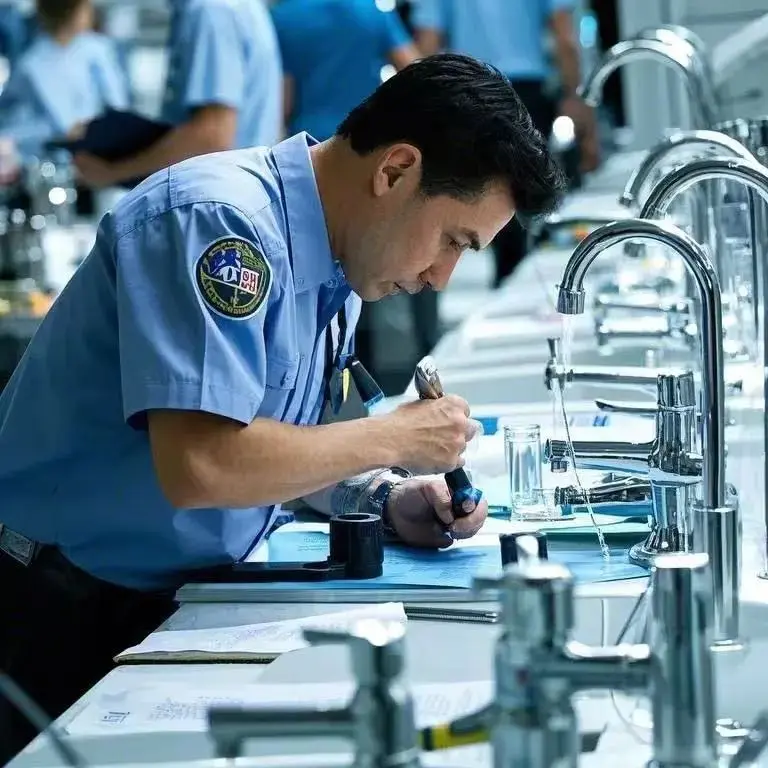 U.S. Authorized Representative Compliance Overview
U.S. Authorized Representative Compliance Overview
 What Is the CE Conformity Mark?
What Is the CE Conformity Mark?
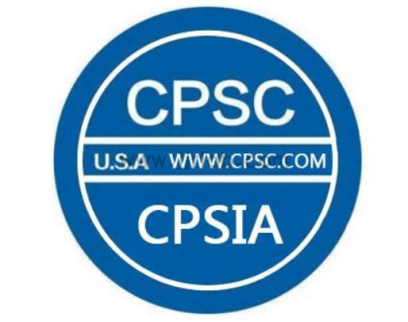 Differences Between CPSIA, CPSC, and CPC
Differences Between CPSIA, CPSC, and CPC
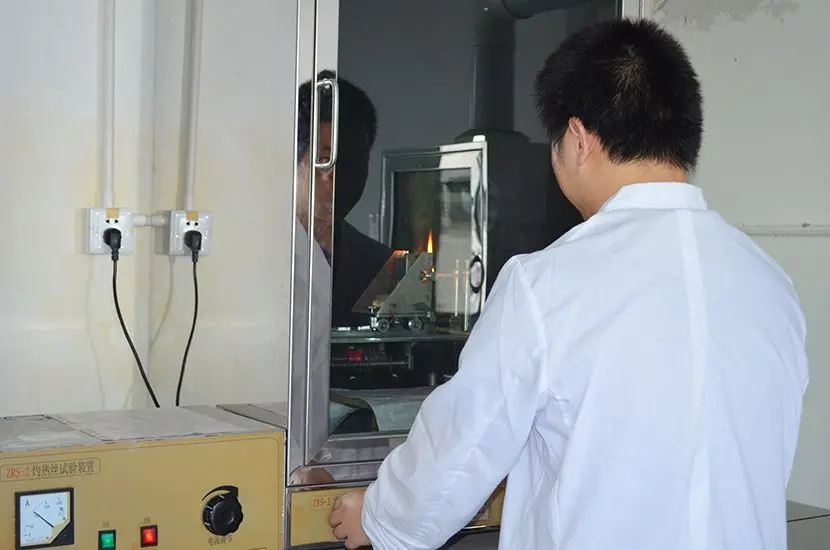 ASTM F2413 Safety Footwear Requirements Guide
ASTM F2413 Safety Footwear Requirements Guide
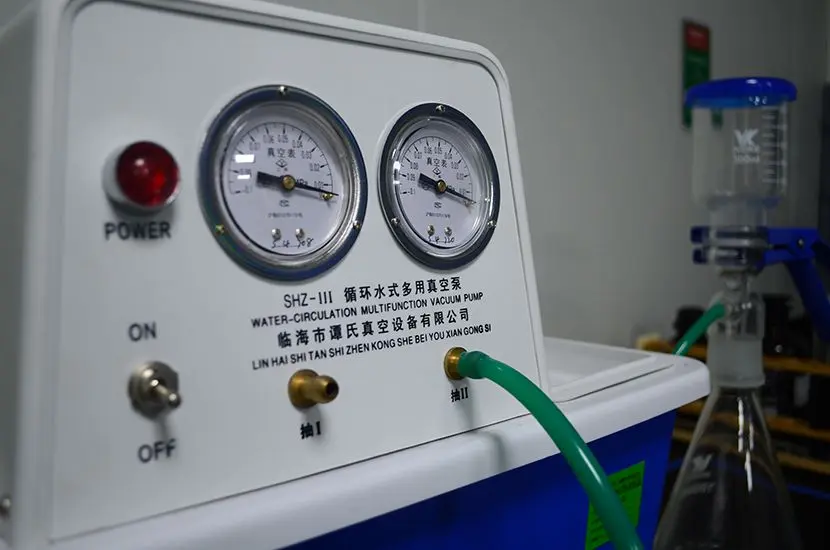 Amazon Toy & Kids Product Compliance Guide 202
Amazon Toy & Kids Product Compliance Guide 202
 FCC Part 15 Compliance Guide for Electronic Device
FCC Part 15 Compliance Guide for Electronic Device
 LED Lighting Regulations and Compliance in the USA
LED Lighting Regulations and Compliance in the USA
Leave us a message
24-hour online customer service at any time to respond, so that you worry!




